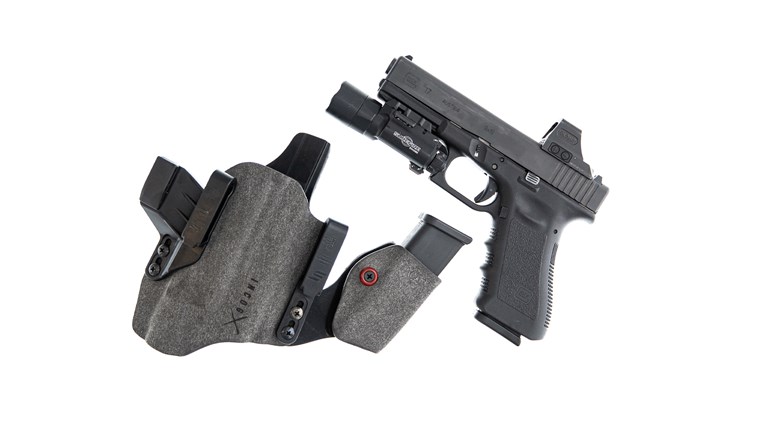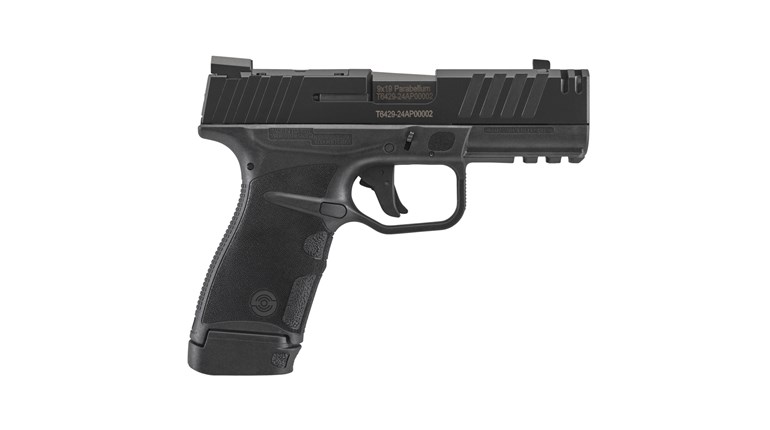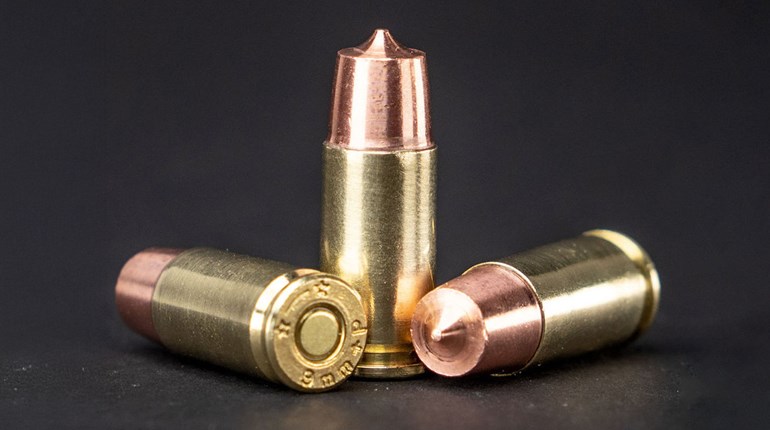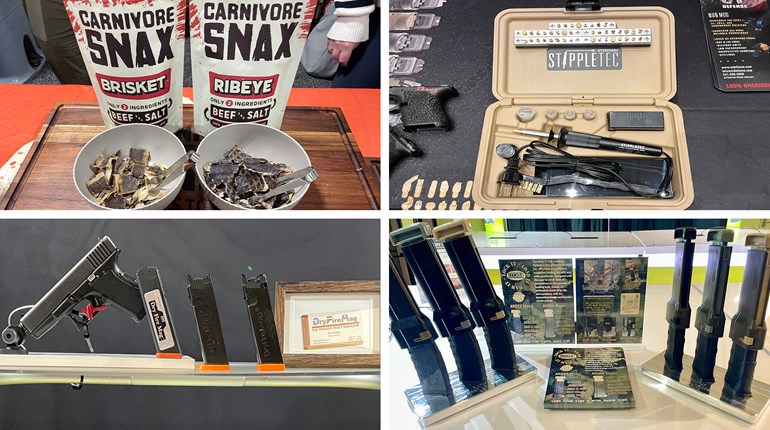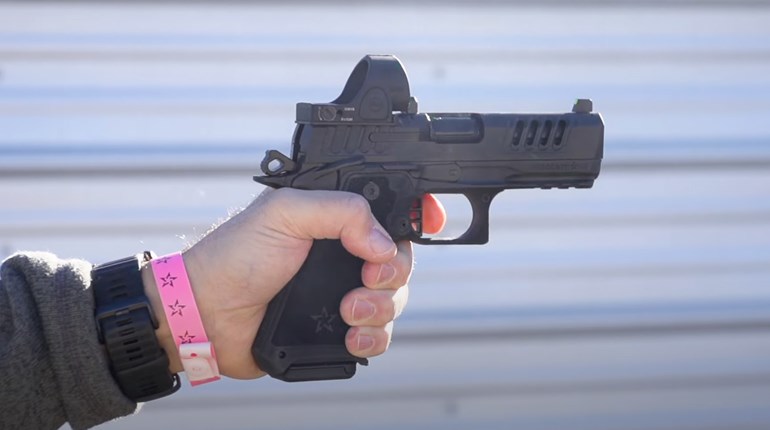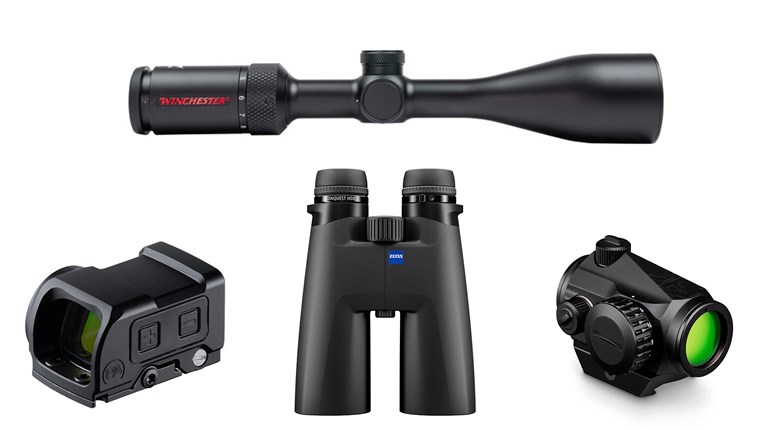
Glocks are probably the most popular brand of pistol in the country. They are reliable, accurate and reasonably priced. I consider myself a Glock fanboy and—when I'm not pocket carrying—I carry them almost exclusively. A near universal complaint about the gun is its trigger, which is an odd beast in that it, in terms of weight and pull, is not quite single action nor quite double action. It's too heavy for single action and too light for double action. The trigger is gritty, creep is pronounced and you can feel the stack as the trigger bar moves across the firing pin safety. Luckily, the feel of the trigger can be improved with a little attention and lubricant.
The first thing you'll need to do is detail strip the Glock. Detail stripping is fairly easy to do with instructions that can be found at GLOCKTalk and requires only a couple of punches.
Once disassembled, you must identify the parts you're going to work on and the specific point on those parts that require the attention. Those parts are the trigger bar (1), trigger connector (2), striker (3) and firing pin safety (4).
On the trigger bar, focus on the ramp that activates the firing pin safety and the parts of the bar that engage the striker/firing pin. On the connector, concentrate on the parts that engage the trigger bar. Some folks swap the 5 1/2-pound stock connector for an aftermarket 3 1/2-pound version. That is fine for a competition gun, but I do not advocate the 3 1/2-pounder for a carry gun.
On the striker/firing pin (3), focus on the part engaged by the trigger bar. On the firing pin safety (4), our focus is on the top and surrounding edges engaged by the trigger bar.
Bear in mind (and this is important) the goal is not to modify nor change any of the parts. We're not changing any functionality whatsoever. The goal is merely to smooth and reduce friction where metal parts come into contact with each other when the trigger is pulled. By making things smoother the stacked feel of the trigger will be reduced and overall trigger pull will be smoothed.
Apply a high quality lubricant to those parts. I use Brownells Friction Defense Extreme. A little goes a long way, so apply the lube with a Q-Tip. When you're satisfied the surfaces are adequately covered, remove excess lubricant from the parts with a dry rag. Thoroughly clean the pistol and perform a function check.
Try the trigger pull. You may have to repeat the process if you don't notice improvement.
If this is too much or you don't trust your mechanical ability, most gunsmiths can do a Glock trigger job. And if you're still not happy, Brownells sells a fully adjustable Glockworx Fulcrum Trigger System.















